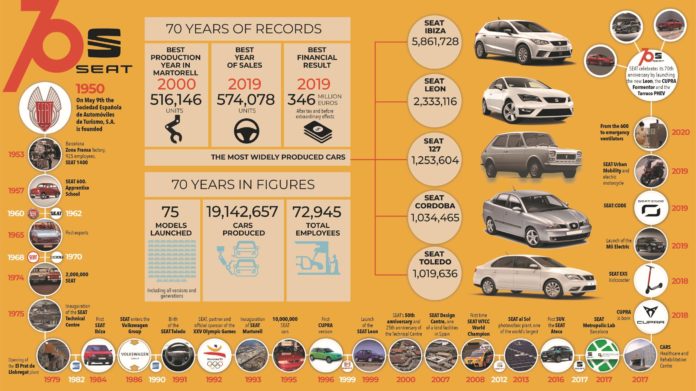- Founded on 9 May 1950, SEAT is celebrating 70 years of mobility
- Production began in 1953 with 925 employees and a rate of 5 cars per day
- SEAT’s first overseas export was to Columbia in 1965, now Spain’s number one exporter
- More than 19 million vehicles built and sold to date across 67 models
- SEAT’s first export to the UK in September 1985 – a two vehicle line-up, Ibiza Mk1 and Malaga
- First year sales of 405 units to 68,800 vehicles in 2019
- The brand is ready for a future shaped by electrification, digitalisation and new urban mobility
It’s been 70 years since SEAT was founded on 9 May 1950, the company that helped democratise mobility in Spain and beyond.
Over the past seven decades, SEAT has undergone a profound transformation and demonstrated a constant capacity for reinvention, which has enabled it to remain a benchmark throughout its history.
Formally established on 9 May 1950 after an agreement was signed between the National Institute of Industry, with 51% of the share capital (600 million pesetas, which today would be €3.6 million); seven large Spanish banks (42%) and the Italian manufacturer Fiat (7%), which provided technical advice and the production licence for its models.
When originally created, the company’s name was Sociedad Española de Automóviles de Turismo, S.A., but was officially changed to SEAT in the 1990s.
When production began in 1953, just 925 people worked on the line. Today, SEAT employs more than 15,000 people as well as generating more than 100,000 direct and indirect jobs within the supply chain.
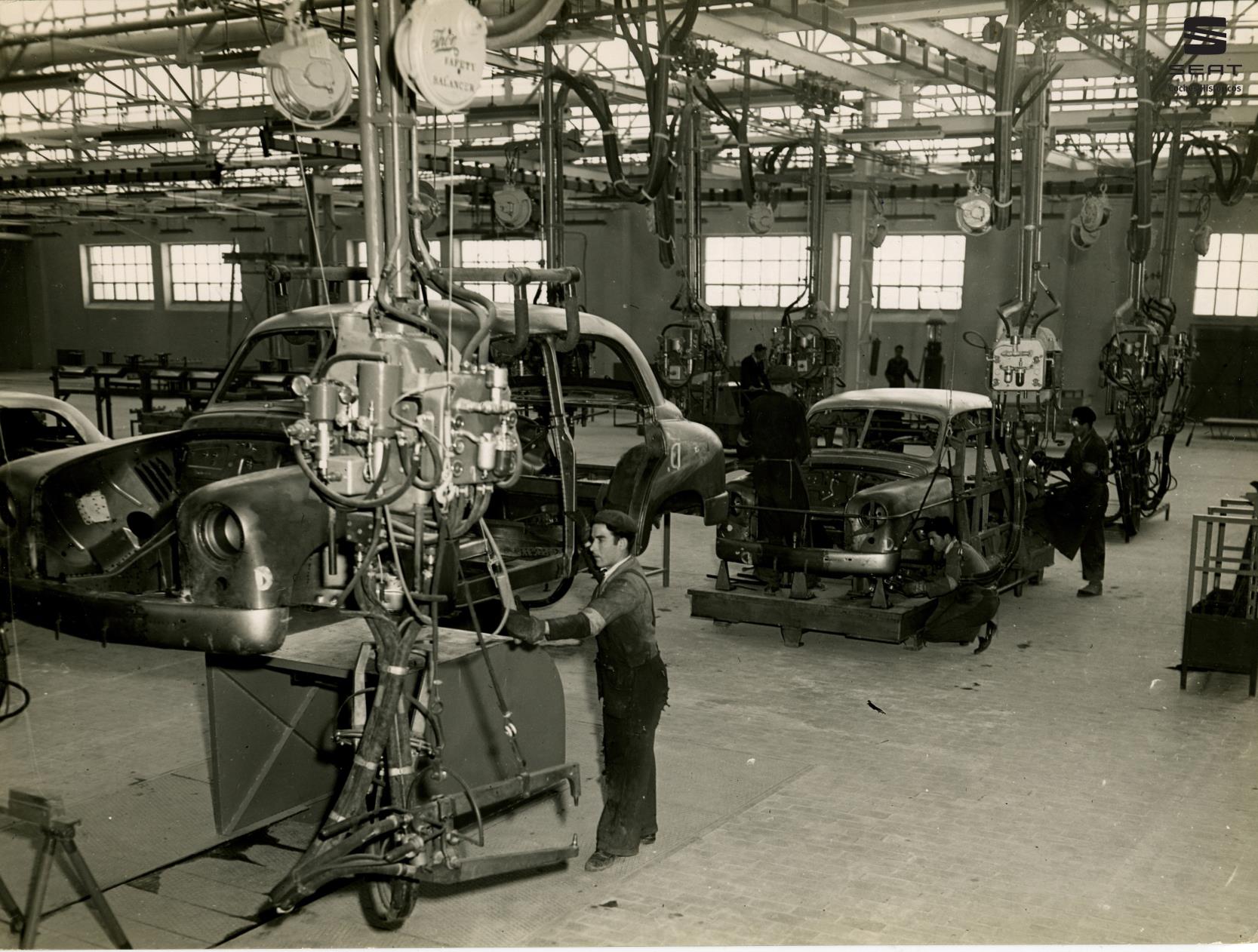
To date, a total of more than 19 million SEAT vehicles have been built and sold, and more than 72,000 people have been employed by SEAT. The Ibiza (5.8 million sold) is the most popular SEAT of all time, followed by the Leon (2.3 million), 127 (1.2 million), Cordoba (1.03 million) and the Toledo (1.01 million).
Since the company made its first export sale in 1965, SEAT has established itself as Spain’s leading industrial exporter, accounting for almost three per cent of the country’s economic exports. Today, SEAT vehicles reach countries as far as New Zealand, Mexico and French Guiana.
SEAT President and Vice-president for Finance and IT Carsten Isensee, commented: “throughout its 70 year history, SEAT has demonstrated its ability to reinvent itself and successfully meet the challenges that have come its way. A transforming force that has seen SEAT grow from a car manufacturer into a solid technological and industrial company.”
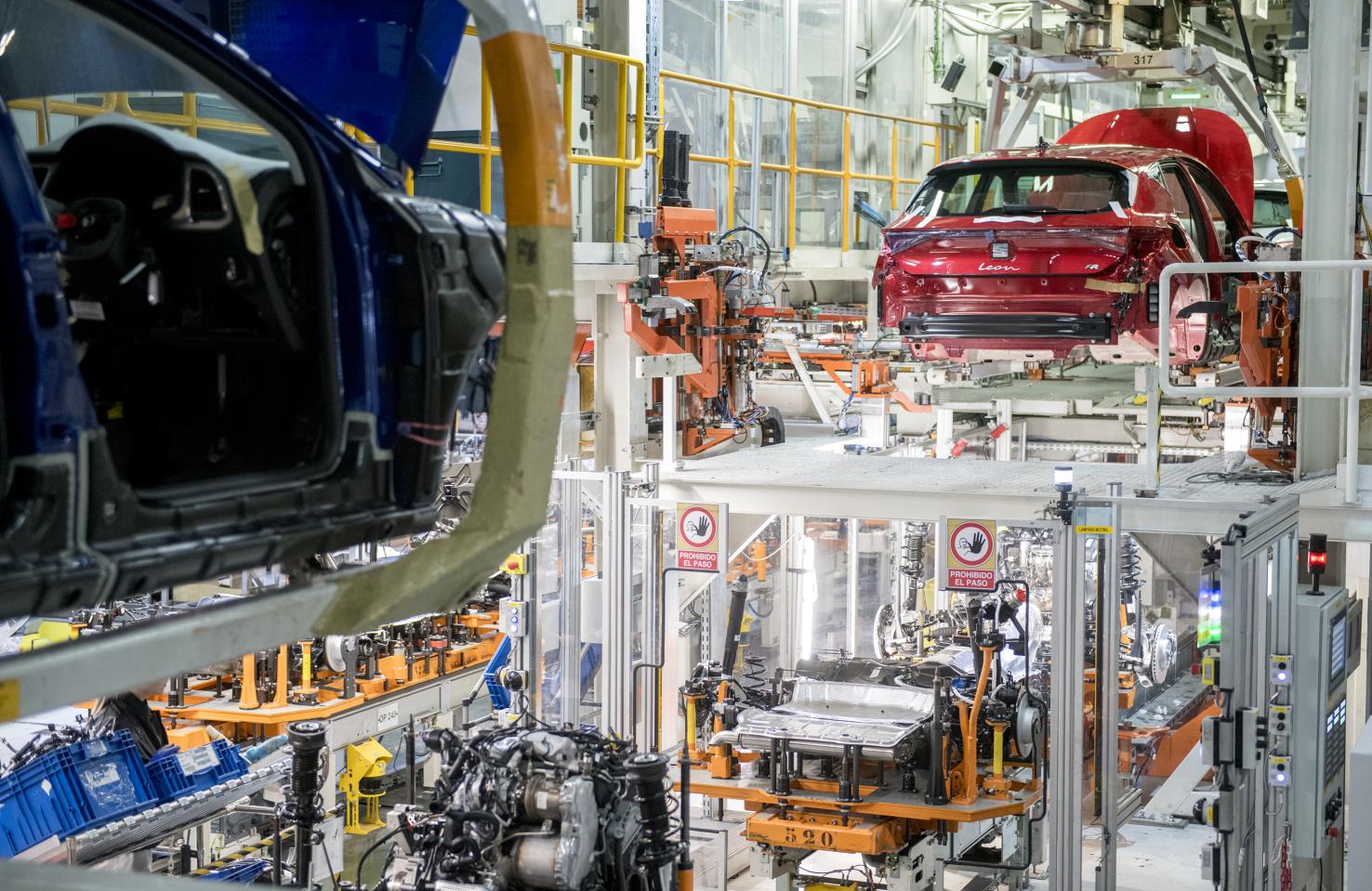
Over the past 70 years the carmaker has launched a total of 75 models, including vehicles that have marked a turning point for the company. This started in 1953 with the SEAT 1400, the first car manufactured by the company, or with the legendary SEAT 600, which was unveiled in 1957 and soon became a symbol of freedom and mobility in Spain.
More recently, in 1984 the first SEAT Ibiza arrived followed by the SEAT Leon in 1999, both of which have been a sales success since its launch, with 2016 heralding the introduction of the brand’s first SUV (Ateca) and its first electric vehicle in 2019, the SEAT Mii electric.
The 1950s
Following the company’s formation, SEAT built its first factory at Barcelona’s Zona Franca, under the supervision of SEAT’s first president, José Ortiz-Echagüe. Fittingly, Ortiz-Echagüe is as remarkable as the manufacturer he helped build, not only working as a military engineer and a pilot – even becoming the oldest person to fly at supersonic speeds – but also established himself as one of Spain’s most renowned photographers. Having helped build SEAT in the 1950s, Ortiz-Echagüe was later named Honorary Lifetime President.
On 13 November 1953 the first car rolled off the assembly line: the SEAT 1400, with just 925 employees in the factory.
In 1957, SEAT launched the 600, designed to enable Spanish families to enjoy mobility and independence that no car in Spain had offered before. It cost 65,000 pasetas, the equivalent of £340 (€390) today.
In the same year SEAT opened its Apprentice School in Barcelona, where students are still trained today, which has trained more than 2,700 professionals to date.
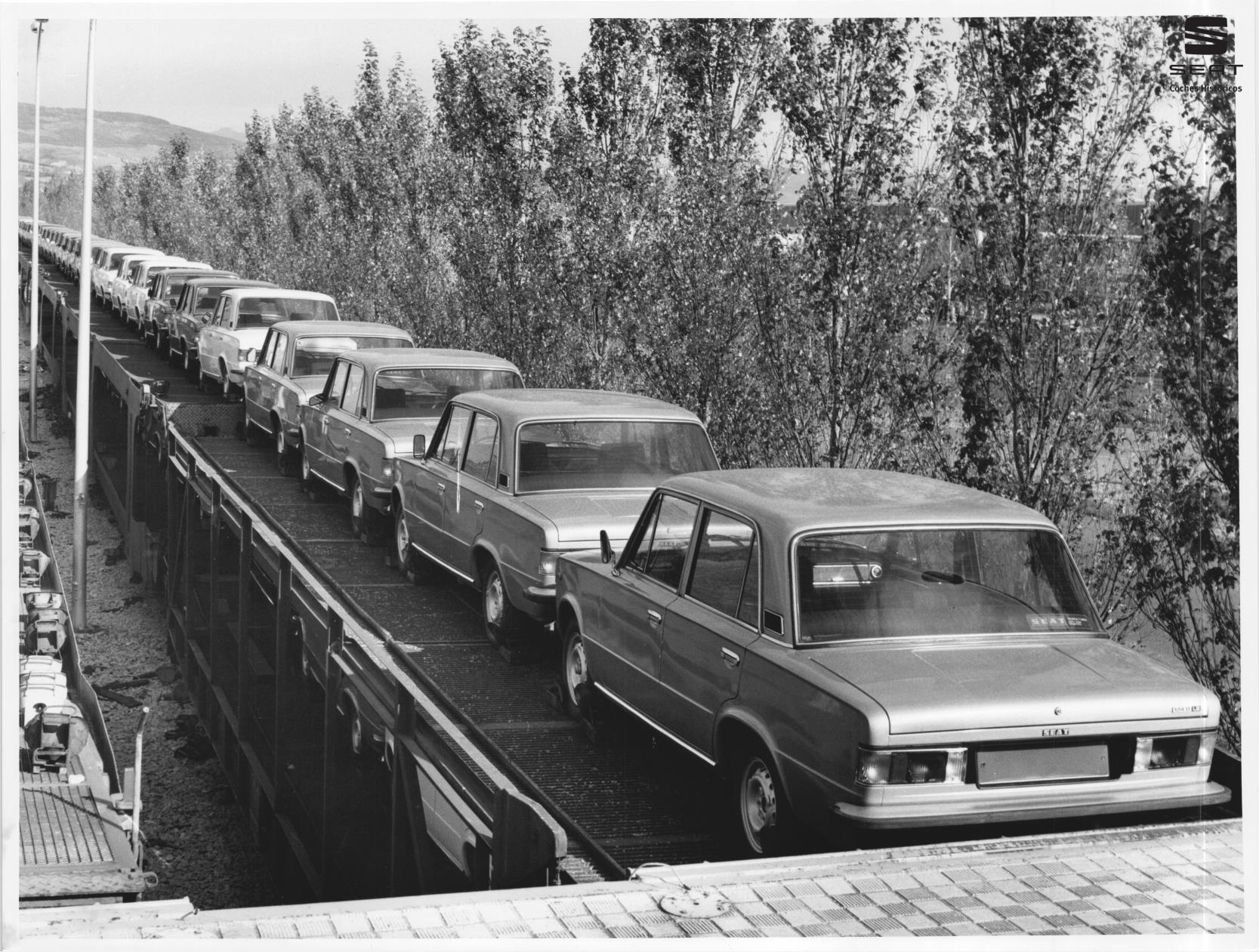
The 1960s
The 1960s were the years of the iconic SEAT 600, the vehicle that put the country on wheels and shaped an entire generation. The launch signalled the beginning of the mass motorisation stage in Spain. By the summer of 1973, almost 800,000 units had been produced.
1960 saw the introduction of a new badge, which was further simplified in 1962, reflecting the changing face of the business.
In 1965, the company made its first overseas export, a SEAT 600 to Colombia.
SEAT’s production facility manufactured its one millionth vehicle in 1968.
The 1970s
In 1971, SEAT became the largest industrial company in Spain, and by 1974 generated a turnover of more than one billion dollars per annum, also becoming the eighth largest European car manufacturer with over two million vehicles produced.
It also acquired the Landaben facilities in Pamplona, and the Martorell Technical Centre began operations in 1975.
During this decade, SEAT expanded its range with the 133 model, the first vehicle designed by SEAT; the 127, the third best-selling model in the company’s history; as well as the 128, 131 and Ritmo, among others.
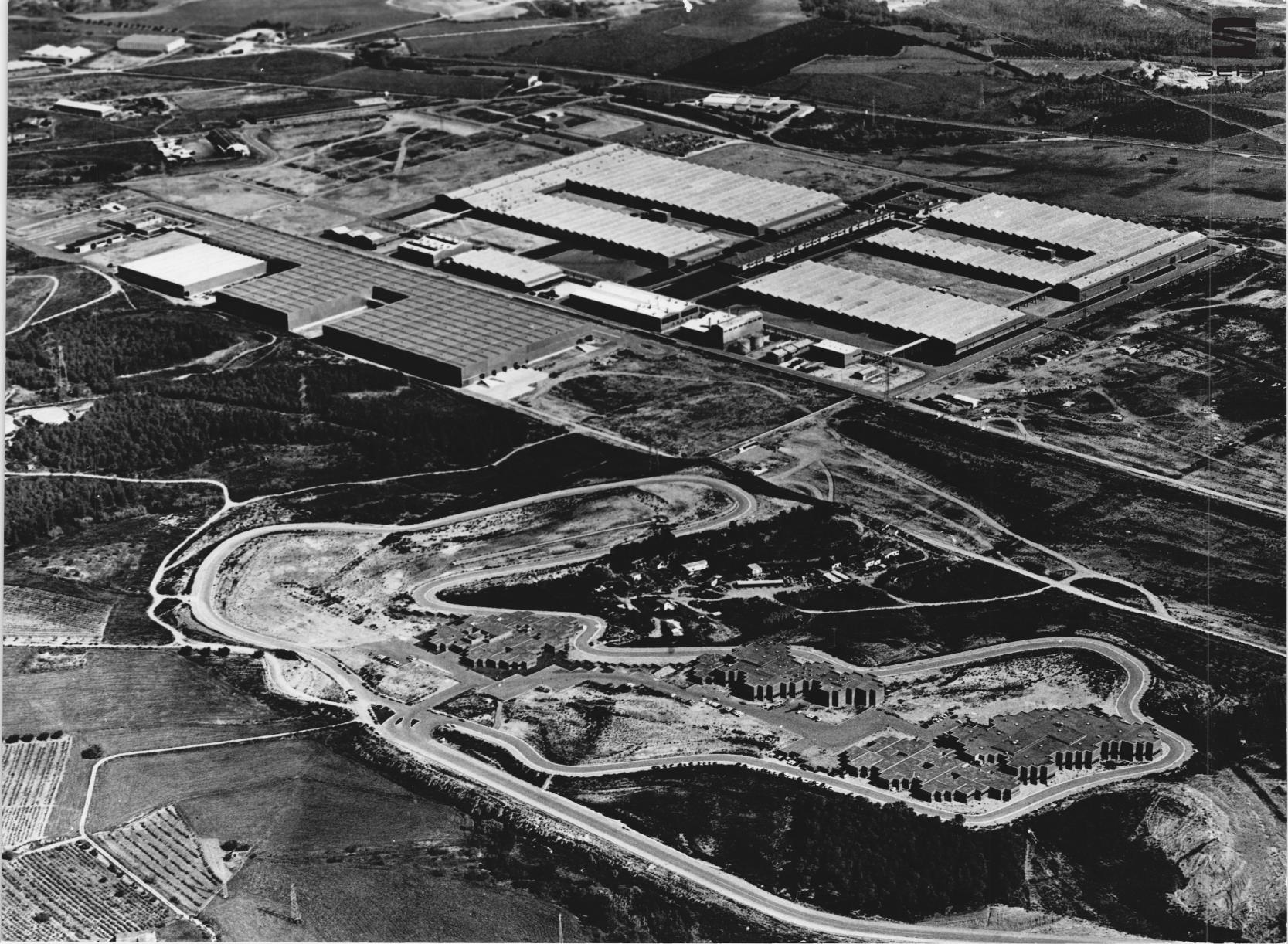
Unveiled in December 1975, the SEAT 1200 Sport was the first car to be wholly designed and developed at the Martorell Technical Centre in Barcelona. Powered by a 1,197cc engine generating 67PS, the two-door, four-speed coupe could accelerate to a top speed of 98mph and later led to the more powerful, tuned up SEAT 1430 Sport, which used the same body.
In 1970, SEAT entered motorsport, competing on circuits and in rallies. Since then, motorsport has always been a key part of SEAT’s DNA and a programme which achieved a large trophy cabinet of wins and world titles for the Spanish manufacturer, including the BTCC (British Touring Car Chanpionship) manufacturers’ title in 2006 and WTCC champions in 2008.
Today, the racing pedigree originating from SEAT Sport lives on through the CUPRA brand, which recently launched the Leon Competicion this year, adding to the CUPRA TCR and the world’s first 100% electric touring car, the CUPRA e-Racer. CUPRA also applies the technology and characteristics developed from its motorsport heritage to road cars, offering a sophisticated and performance-oriented driving experience on the roads.
The 1980s
For SEAT, the eighties marked the end of its relationship with Fiat and the beginning of its inclusion in the Volkswagen Group family, starting in 1986. The badge was also changed to the SEAT ‘S’, which is still used today.
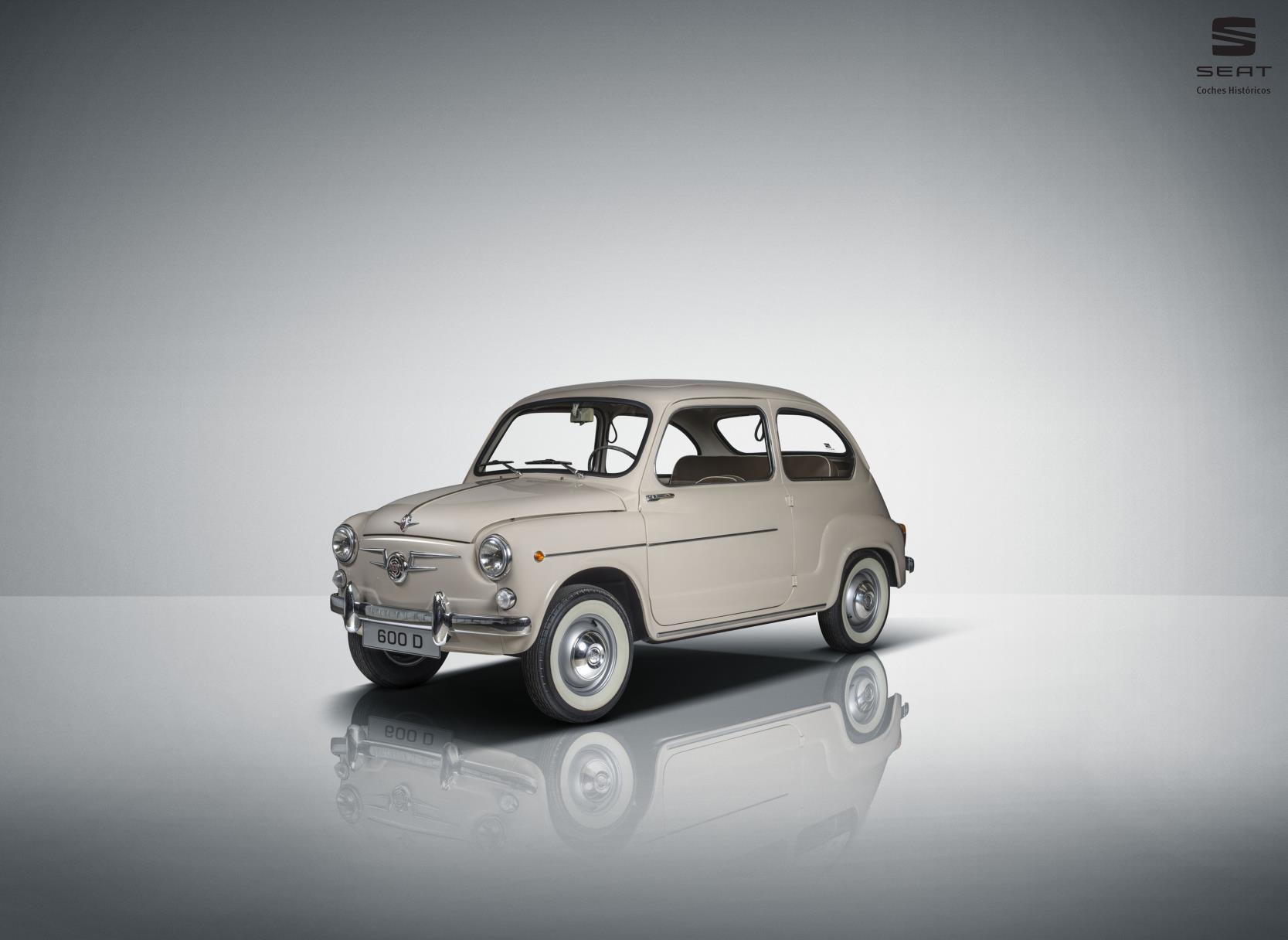
SEAT began naming its cars after Spanish locations, such as the Ronda, Malaga and Marbella, as well as the Ibiza in 1984, a vehicle shaped from the pencil of legendary automotive designer, Giorgetto Giugiaro.
To this day, the Ibiza is the best-selling model in the brand’s history with almost six million vehicles sold worldwide.
SEAT started to export vehicles to the UK in September 1985, starting with the recently-launched Ibiza Mk.1 and the family-friendly Malaga saloon. From just two models initially – and a first year sales total of 405 – to a diverse line-up, SEAT is one of the fastest growing major automotive manufacturers in the country, selling 68,800 vehicles in 2019 – a record-breaker for the third year in a row.
Construction of the Martorell production factory began.
The 1990s
1991 saw the launch of the SEAT Toledo, the first SEAT model developed as part of the Volkswagen Group.
The 1992 Olympic Games are held in Barcelona, Spain and SEAT became a collaborating partner and official car supplier to the International Olympic Committee (IOC) organisation.
In 1993, the new SEAT factory in Martorell was inaugurated after only 34 months of construction work and an investment of 244.5 billion pesetas (1.47 billion euros).
The first CUPRA model was born in 1996, the Ibiza CUPRA, the same year it won the FIA 2-Litre World Rally Cup for the first time. It went on to defend the title for the next two years.
The decade ended with the unveiling of the SEAT Leon, the model that signalled SEAT’s return to the European C-segment.
The 2000s
The new millennium began with the presentation of the Salsa and the Tango concept models, which lay the foundations for the third-generation Ibiza and the second-generation Cordoba.
The launch of the SEAT Altea in 2004 establishes a new generation of models while in 2005, SEAT revealed the next-generation Leon. One year later, the new generation Ibiza was launched.
In 2007, the company opened the new design centre in Martorell.
SEAT’s motorsport prowess continued as Jason Plato, driving the SEAT Leon TDI, won the 2007 British Touring Car Championship (BTCC). This was also the first-ever diesel-powered BTCC winner.
And in 2008 and 2009, SEAT won both the drivers (Yvan Muller 2008; Gabriele Tarquini 2009) and constructors World Touring Car Championship titles, as well as the Independent’s Trophy with Tom Coronel in 2009.
The 2010s
2012 started with the long-awaited third generation Leon, with the new model jumping to the top of SEAT’s anuual sales charts across Europe.
From 2016, SEAT began to introduce its SUV range to the market, starting with Ateca and followed by Arona and Tarraco.
CUPRA, previously the performance arm of SEAT, becomes its own business, with a new and exclusive facility opened in February 2020.
2019 saw the introduction of the first all-electric vehicle, the SEAT Mii electric.
2019 was a record breaking year for SEAT in the UK and globally. In the UK, the company sold 68,800 vehicles, a 9.5 per cent increase year-on-year, while globally 574,100 units were delivered (a 10.9 per cent increase). CUPRA sales shot up by 71 per cent thanks to the addition of the CUPRA Ateca to the line-up (alongside the Leon CUPRA).
The 2020s
The latest decade kicked off with SEAT and CUPRA’s product offensive introducing three new vehicles in three months.
January saw the introduction of the New SEAT Leon, with the CUPRA Leon and CUPRA Formentor revealed in February and March respectively. All three models feature plug-in hybrid electric vehicle (PHEV) options.
As part of this product offensive, which focuses on electric mobility, more new electric and plug-in hybrid models will be added throughout this year, including the Tarraco PHEV as well as the el-Born, which will become the company’s second 100% electric vehicle.
2020 will also see the introduction of the eScooter and eKickscooter as part of SEAT’s Urban Mobility competence.
SEAT production at Martorell
When vehicle production began in 1953, SEAT employed a workforce of 925 people. Today, more than 15,000 employees work at SEAT in Spain.
SEAT opened the doors of the Zona Franca factory in 1953 with a daily production of five SEAT 1400 vehicles.
After 40 years of producing models such as the 600 and 127, the company decided to build a new, larger, more modern factory, shifting production from Barcelona to Martorell from 1993. The first vehicles built at this new plant was the second-generation SEAT Ibiza and the SEAT Cordoba, produced at a rate of 1,500 units per day.
Currently, the company has three production centres: Barcelona, El Prat de Llobregat and Martorell, where the Ibiza, the Arona and the Leon are currently manufactured.
In addition, the Ateca is built in the Czech Republic, the Tarraco in Germany, the Alhambra in Portugal and the Mii electric, SEAT’s first 100% electric vehicle, in Slovakia.
Today, the same number of cars are produced in three minutes as was built in a whole day in 1950.

